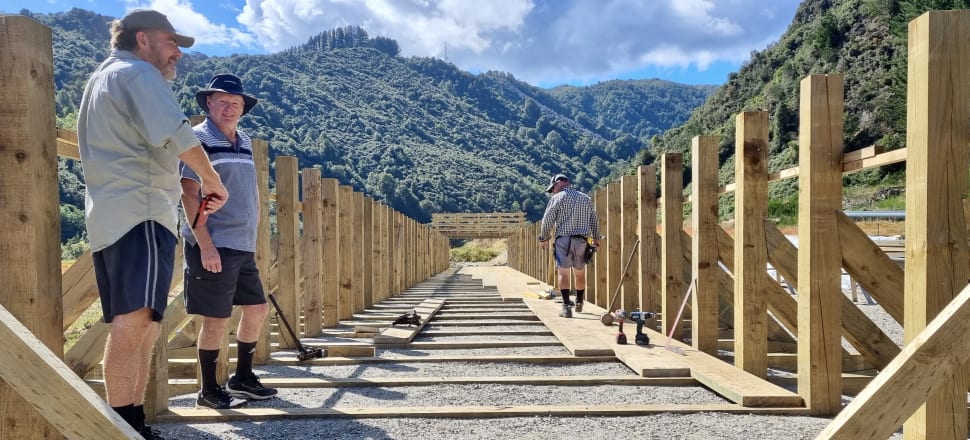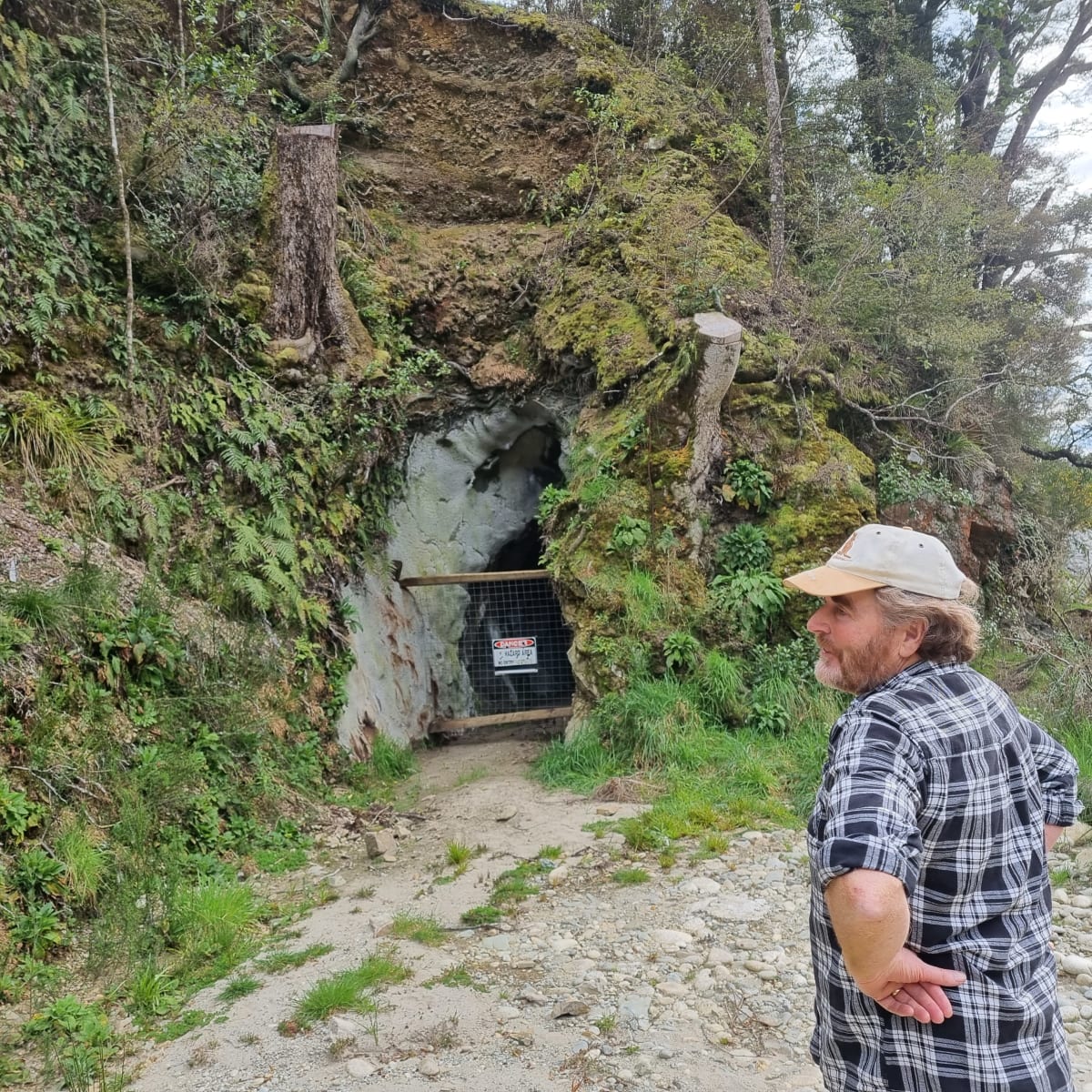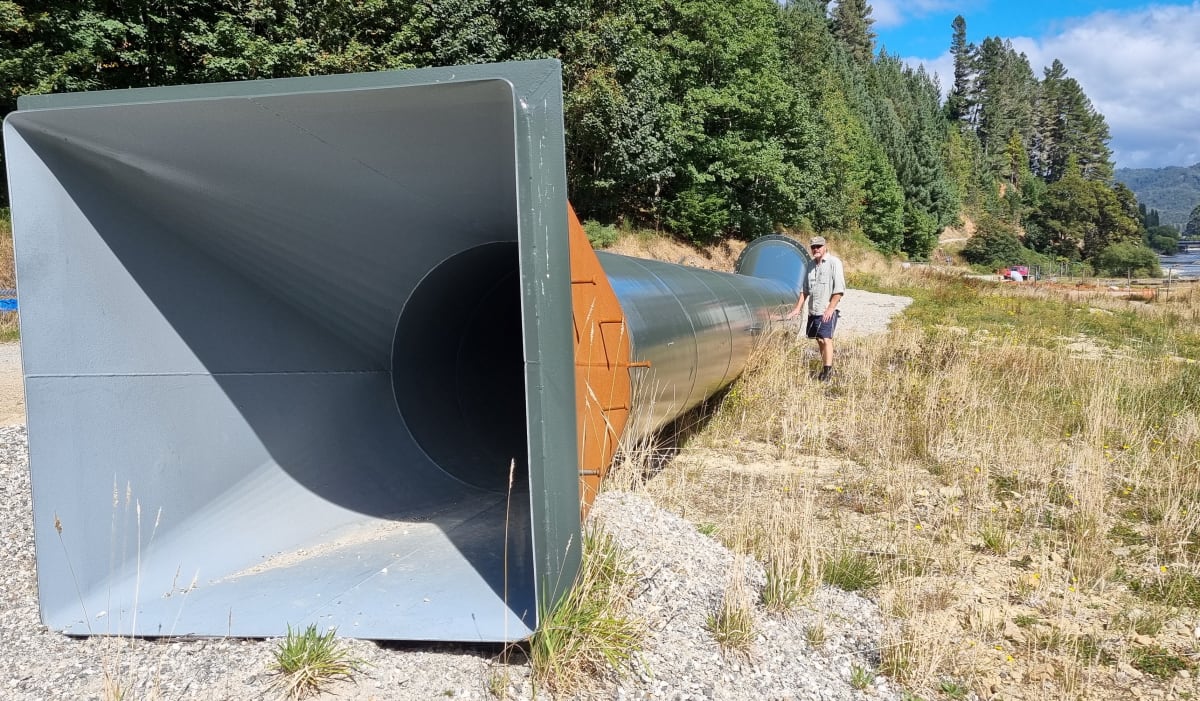
Thanks to donations of millions of dollars in cash and kind it’s back to the future for the New Zealand community that first had electric lighting
As Reefton electrician Greg Topp recalls, it all began over a beer.
In 1988 the small West Coast town had celebrated the centenary of its claim to fame as the Town of Light: the first place in New Zealand, the Southern Hemisphere in fact, to have a public electricity supply.
But decades later, the remains of the pioneers’ powerhouse lay abandoned and crumbling on the banks of the Inangahua River.
“There was a group of us at the pub talking about the history,” Topp says. “One of us said, ‘Someone needs to do something about the powerhouse.’
“And someone else said, ‘Perhaps it’s us.’”
The best way to preserve the history would be to rebuild the hydro scheme and once again produce power for the people, the group decided.
It was an ambitious goal that many locals privately doubted would ever be achieved.
But 12 years on, the Reefton Powerhouse Charitable Trust is close to realising the dream.
By August it hopes to be selling 220kW of power to the national grid, earning $200,000 a year to support community causes and cover maintenance costs.
Lightbulb moment
The Reefton power scheme had its origins in 1883 when pioneering electrical engineer Walter Prince rode into town from Dunedin and declared no town in the colony was more favourably suited for hydro-electric generation.
Three years later he was back with a show-and-tell: using an electric dynamo, he lit up the local pubs.
The patrons were hooked.
In a gold-mining town flush with entrepreneurial spirit and capital looking for opportunity there was no shortage of financial backers for what Prince termed “bottled lightning”.
By 1888 the Reefton Electric Light Company had built a 2km water race from Blacks Point to a power house, shipped generating equipment from England and bought a turbine from Christchurch.
The test run was a triumph, according to Prince.
“The turbine at once started off with tremendous speed … the connection with the dynamo being all in gear, away went the machine as smoothly as if it had been running for months.”
And wonder of wonders, the town’s first electric light went on.

“The large arc lamp … was then connected with the dynamo and instantly the building was illuminated with such intense brilliancy as to be scarcely bearable!” an elated Prince told the Inangahua Times.
A crowd of excited townspeople gathered in the street to watch the trial, the paper reported.
“And when shortly before 8pm the powerful light of the arc lamp burst forth like the flash of a mighty meteor, a murmur of admiration rose from the spectators and there was an immediate scampering of feet towards the scene.”
Local homes and businesses were quick to hook up to the revolutionary power source, but transmission was erratic and the plant had to shut down a month later.
Disgruntled customers reverted to candles and kerosene lamps with what the paper called “a very bad grace” while the problem was solved.
The fault proved to be underground: New Zealand’s first public power lines were installed by a Reefton plumber and encased in leaky wooden pipes.
They were replaced with overhead lines and the lights were back on by Christmas.
Over the years bigger generators were installed and the old powerhouse was rebuilt, first in 1906 and again in 1935.
Hydro generation in Reefton finally ended in 1946 when a big flood badly damaged the water race and the town switched to a reticulated supply from Greymouth.
“If you wanted to recreate the hydro scheme at today’s prices it would be worth $7 million in plant and labour,” powerhouse trust member Stu Gray estimates.
“But we’ve managed to do it so far on the smell of an oily rag and a hell of a lot of help from local firms - and from all over the country.”
The trust first had to buy private forestry land and clear it using a suspensory loan of $170,000 from Development West Coast.
“Then in 2011 we were granted $400,000 through a Buller council fund on condition we match that with another $400,000, and that got us started.”
It’s a lottery
Once the project had resource consent - itself a mission - the Lottery Grants Board gave the trust $2.87 million.
“It recognised the project had national significance. That was huge and it got us on our feet.”
Another $250,000 came from the Lottery Environment and Heritage fund.
Donations have come in from around the country and much of the work on the scheme has been done by local contractors charging mates’ rates, Grey says.
“They’ve been amazing - it’s been a long tiring haul and we couldn’t have done it without them.”
Over the past five years the trust has rebuilt and repaired the old water intake and race, shored up the work with armour rock, earthquake-proofed tunnels and restored broken concrete walls.
“Covid held up the work for months and there were moments when we wondered when it would ever be finished, with costs rising all the time,” Gray says.
But there’s now power to the site, flood gates that operate on telemetry and waiting to be installed are an $800,000 generator and turbine from Sweden and an 18m-long penstock.
A 6m draught tube to take the water from the turbine is already in place.

The trust is now on the home stretch: completing a $70,000 48m flume built of pine beams from the Ngahere mill near Greymouth that guides the water into the penstock.
The unusual structure is the most visible sign of progress at the site and already attracts interest from curious locals and visitors.
“The next step is to build the powerhouse, based on the 1935 model, and a replica of the original 1906 one,” Topp says.
Although the electricity it produces will feed the national grid, it could be diverted to Reefton if needed in an emergency.
“But it’s primarily a heritage project for the benefit of the community,” he says.
The hydro scheme could mean another step change for a town that’s already lifted itself out of the doldrums by honouring its past.
Apart from the tourism potential, Topp says the project aims to support local charities and schools with the profits of power generation.
“It’s saving another bit of the town’s history but it’s actually New Zealand’s history.
“We’re recreating our first success in generating hydro-electric power for the people.”
Made with the support of the Public Interest Journalism Fund








